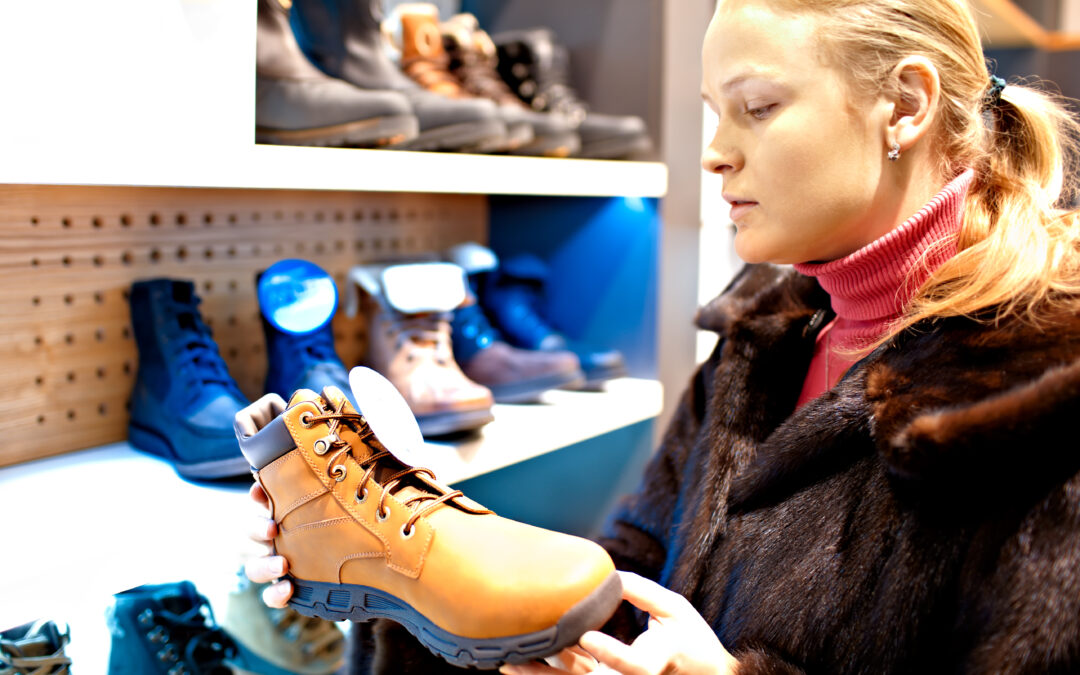Shoes are a crucial part of our daily attire, providing comfort, support, and style. However, like any other item of clothing, shoes have a lifespan, and wearing them beyond their prime can lead to discomfort and even injury. Understanding when to replace your shoes is essential for maintaining foot health and ensuring you get the best performance from your footwear. Here’s a comprehensive guide on how often you should replace your shoes, the signs to look for, and tips for prolonging their life.
Signs That Indicate It’s Time to Replace Shoes
- Worn-Out Soles:
- The soles of your shoes bear the brunt of daily wear and tear. If you notice the treads are worn down, uneven, or smooth, it’s a clear sign that your shoes need replacing. Worn soles can reduce traction and increase the risk of slipping.
- Loss of Cushioning:
- Over time, the cushioning in your shoes can break down, leading to reduced shock absorption. If you start feeling discomfort or pain in your feet, knees, or hips during or after wearing your shoes, it might be due to diminished cushioning.
- Visible Damage:
- Cracks, tears, or holes in the upper material, as well as separation between the sole and the shoe, are obvious indicators that your shoes are past their prime. Damaged shoes can compromise support and protection.
- Unpleasant Odor:
- Persistent odor that doesn’t go away after cleaning can indicate that the internal materials are deteriorating and harboring bacteria.
- Changes in Fit:
- If your shoes start feeling too loose or too tight, they might have stretched out or shrunk over time. Proper fit is crucial for comfort and preventing blisters or other foot issues.
Typical Lifespan of Different Types of Shoes
- Running Shoes:
- Running shoes typically last between 300 to 500 miles. This translates to about three to six months for regular runners. The high impact of running causes the cushioning and support to break down more quickly.
- Casual Shoes:
- Casual shoes, which are used less intensively, can last between one to two years. The lifespan can vary based on the quality of materials and frequency of use.
- Dress Shoes:
- Dress shoes, particularly those made of leather, can last for several years with proper care. High-quality dress shoes can even last a decade if maintained well, including regular polishing and resoling.
- Athletic Shoes:
- Athletic shoes used for sports other than running, such as basketball or tennis shoes, usually last around six months to a year, depending on the intensity and frequency of use.
Tips for Prolonging the Life of Shoes
- Rotate Your Shoes:
- Avoid wearing the same pair of shoes every day. Rotating between pairs allows each pair to air out and recover, reducing wear and tear.
- Proper Cleaning:
- Regularly clean your shoes to remove dirt and sweat. Use appropriate cleaning products for the material of your shoes. For example, use a damp cloth and mild soap for leather shoes and a brush for suede.
- Use Shoe Trees:
- For leather and dress shoes, use shoe trees to help maintain their shape and absorb moisture, extending their lifespan.
- Store Shoes Properly:
- Store your shoes in a cool, dry place away from direct sunlight. Avoid keeping them in humid or damp environments to prevent mold and material degradation.
- Repair When Needed:
- Don’t wait for shoes to be completely worn out before addressing issues. Replace worn-out soles, re-stitch loose seams, and polish scuffed leather to keep your shoes in good condition.
- Wear Appropriate Shoes for Activities:
- Use shoes that are designed for specific activities. For instance, don’t use running shoes for hiking or dress shoes for sports. This ensures that the shoes provide the right support and last longer.
Conclusion
Knowing when to replace your shoes is key to maintaining comfort, support, and foot health. By paying attention to signs of wear and understanding the typical lifespan of different types of shoes, you can ensure you’re not wearing shoes past their prime. Additionally, taking steps to prolong the life of your shoes can save you money and keep your footwear collection looking and feeling great. So, take care of your shoes, and they’ll take care of you!


